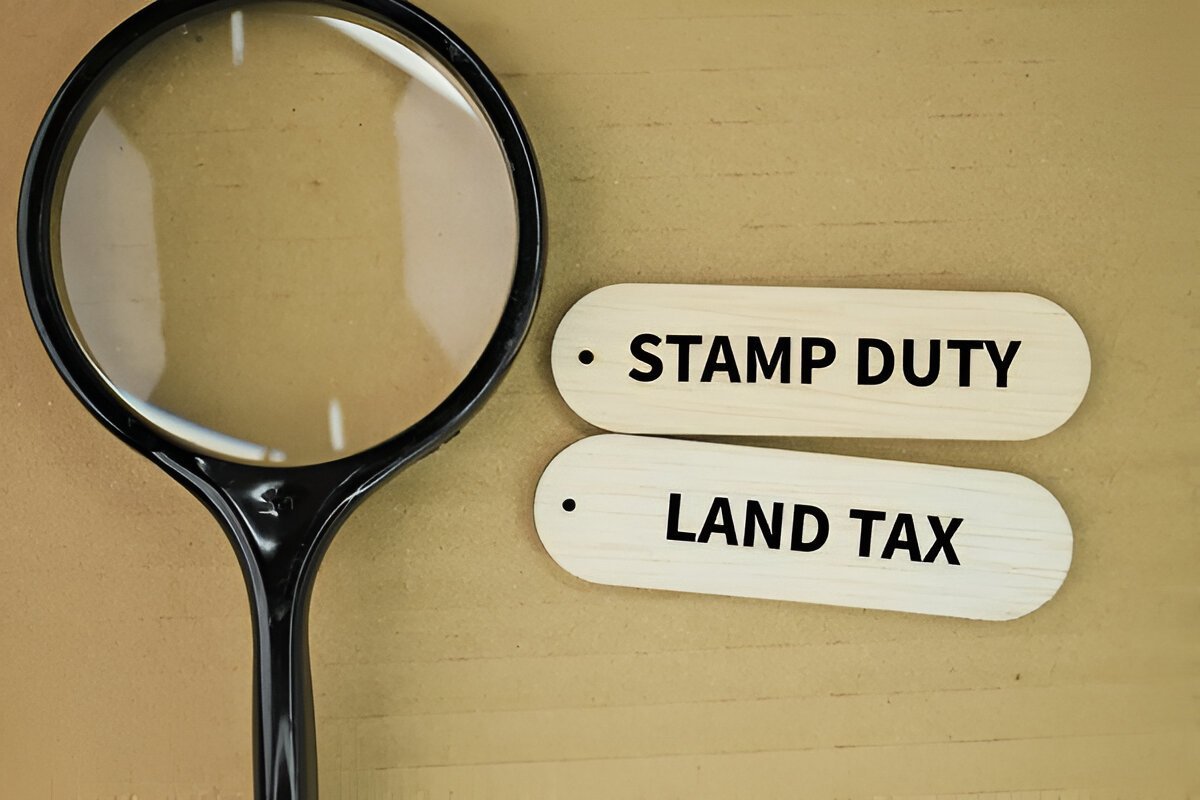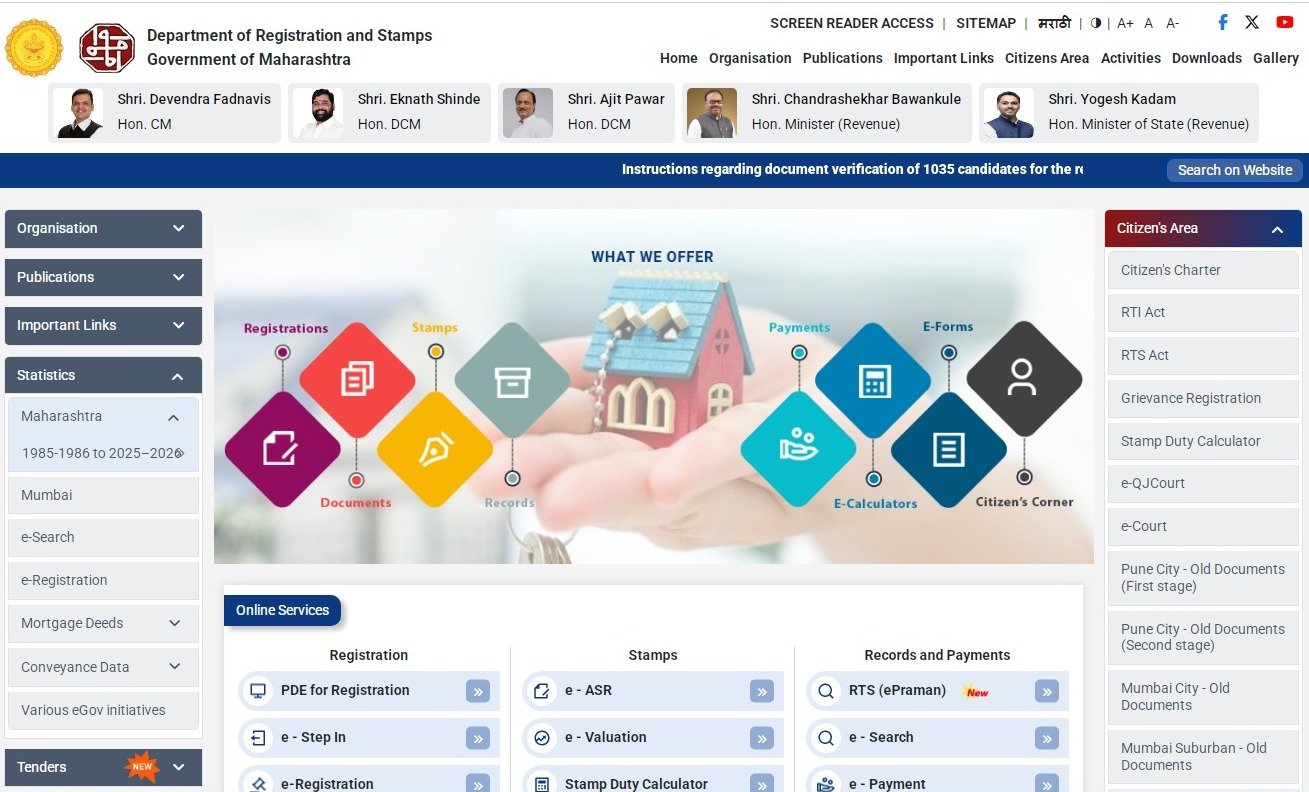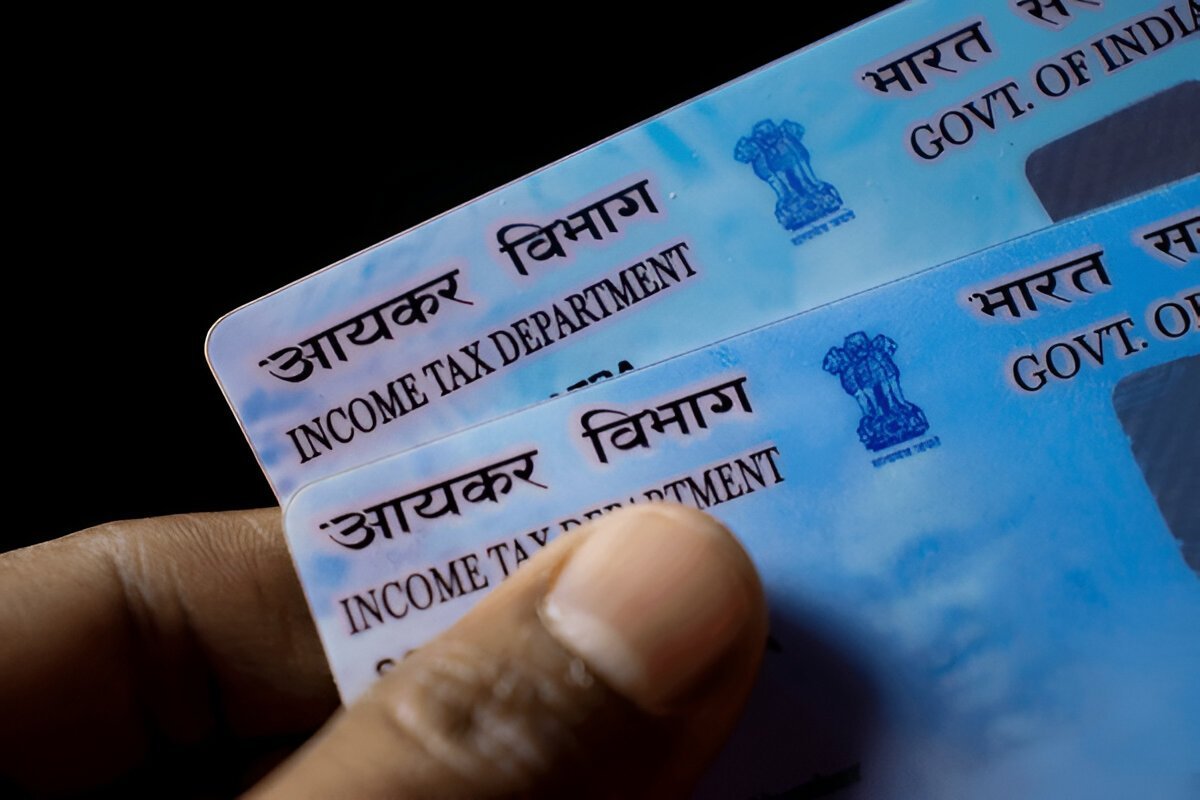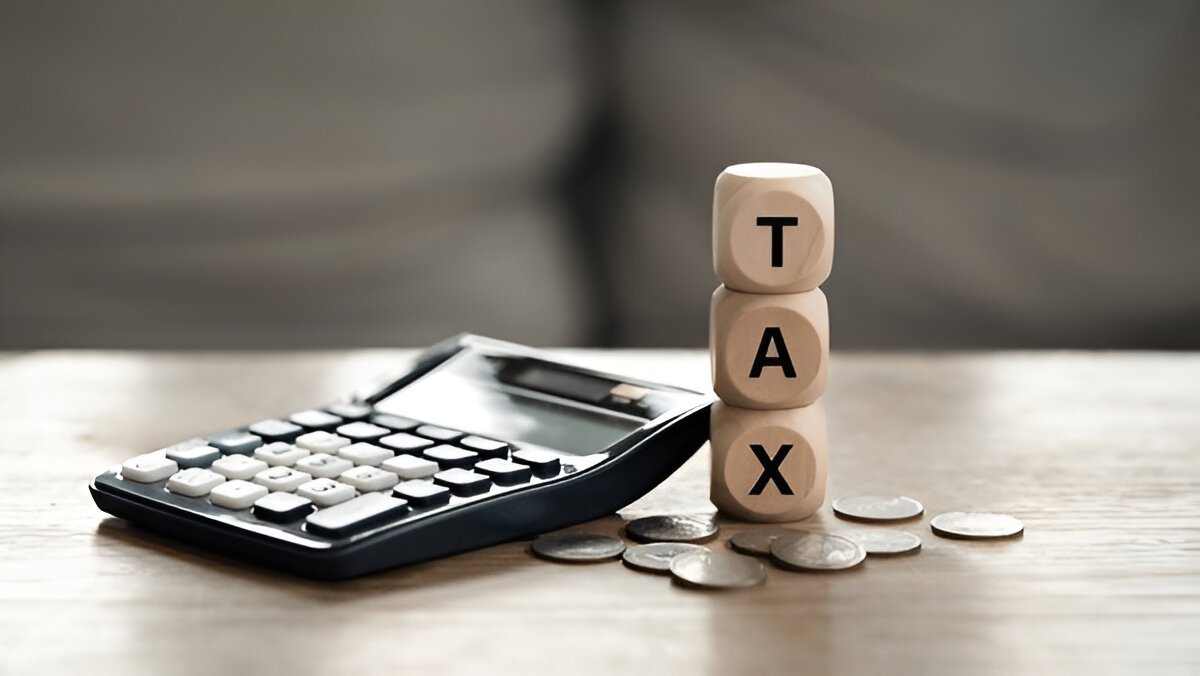Property Registration Charges in Mumbai and Maharashtra (2025)
Buying property in Mumbai or anywhere in Maharashtra is one of the biggest financial commitments a person can make. Beyond the property’s price, homebuyers must also factor in stamp duty and registration charges — mandatory government fees that make your ownership legally valid.
In this guide, we’ll break down what property registration means, current stamp duty and registration charges, and give you real-world examples to help you calculate the total cost before you invest.
What Is Property Registration?
Property registration is the legal recording of a property transaction under the Registration Act of 1908. When you register a property, the state government officially records the buyer’s name as the legal owner.Without registration, you cannot claim legal ownership, nor can you sell, transfer, or mortgage the property in the future. In Maharashtra, the Department of Registration & Stamps oversees this process through the Inspector General of Registration portal .
Stamp Duty and Registration Charges – The Two Key Costs
When buying a property in Mumbai or elsewhere in Maharashtra, you’ll need to pay two mandatory charges:
1. Stamp Duty |
2. Registration Charges |
| Stamp duty is a tax levied by the concerned state government for property transactions. It is calculated as a percentage of the property’s market value or agreement value, whichever is higher. | Registration charges are paid to the government for recording the property details in official records. This fee legally transfers the property in the buyer’s name.
|
2025 Stamp Duty Rates in Maharashtra
The stamp duty rate in Maharashtra varies depending on location, buyer’s gender, and type of property. Below are the latest applicable rates:
Area Type |
Male Buyer |
Female Buyer |
Joint Ownership (Male+Female) |
| Mumbai, Thane, Navi Mumbai, Pune, Nagpur Municipal Corporation Limits | 6% (5% stamp duty+ 1% metro cess) | 5% (4 % stamp duty +1% metro cess) | 6% |
| Municipal Council areas like cantonment area | 4% | 3% | 4% |
| Gram Panchayat/ Rural areas | 3% | 2% |
3% |
*Note:* The “metro cess” (1%) is applicable in Mumbai, Pune, Thane, and Nagpur regions.
Registration Charges in Maharashtra
The registration fee is calculated as 1% of the property’s market or agreement value (whichever is higher).However, there’s a maximum cap of ₹30,000 for properties valued above ₹30 lakh.
Property Value |
Registration Fee |
| Up to ₹30 lakh | 1% of property value |
| Above ₹30 lakh | ₹30,000 (fixed maximum) |
Example Calculations: Registration Charges of Mumbai
Let’s understand how these charges work with a few examples.
Example 1 |
Flat in Mumbai (Value ₹80 lakh) |
| Stamp Duty (Male Buyer) → | 6% of ₹80,00,000 = ₹4,80,000 |
| Registration Charge → | ₹30,000 (capped) |
| Total Additional Cost → | ₹4,80,000 + ₹30,000 = ₹5,10,000
|
Example 2: |
House in Pune (Female Buyer, Value ₹60 lakh) |
| Stamp Duty (Female Buyer) → | 5% of ₹60,00,000 = ₹3,00,000 |
| Registration Charge → | ₹30,000 (since property > ₹30 lakh) |
| Total Additional Cost → | ₹3,30,000 |
Example 3: |
Property in a Rural Area (Male Buyer, Value ₹25 lakh) |
| Stamp Duty → | 3% of ₹25,00,000 = ₹75,000 |
| Registration Charge → | 1% of ₹25,00,000 = ₹25,000 |
| Total Additional Cost → | ₹1,00,000 |
These examples show how property location and buyer category affect the final cost.
Factors Affecting Stamp Duty and Registration Charges
Several factors can influence how much you pay:

How to Calculate Your Stamp Duty and Registration Fees
You can calculate your total charges using the official IGR Maharashtra Stamp Duty Calculator available at:

Steps:
How to Pay Stamp Duty and Registration Charges
In Maharashtra, you can make payments through both online and offline modes.
Online Payment via GRAS Portal
Mumbai Registration Charges for different Deeds
| Types of Deed | Typical Stamp Duty | Typical Registration Fee/Charges |
| Sale Deed/Conveyance Deed (Transfer of property) | Generally ~ 5-7% of value in urban/municipal areas ( male buyer) in Maharashtra. | Registration Charges =~1% of property value with a cap of ₹ 30,000 for properties above a certain value (in many urban areas) |
| Gift Deed | -If gifting to family members (residential or agricultural property), stamp duty may be a nominal fixed amount (eg ₹ 200) in certain cases. | Registration fee still applies – generally 1% of value or capped at max ( ₹30,000) |
| Lease Agreement/ Lease Deed | Stamp duty in Maharashtra: ~5% for lease agreements in municipal areas. Some sources: ~0.25% of aggregate rent/security for certain leases in Mumbai | Registration fee would apply depending on term and whether the instrument needs registration; the 1% cap scheme may apply if property value basis is used. |
| Power of Attorney (POA) | ~5% in municipal areas; ~3% in gram-panchayat areas in Maharashtra. | POA registration fee: generally follows the same formula as property registration (1% or capped). |
| Partition Deed/Family Settlement | Not always separately listed in mainstream tables; some recent notifications indicate waivers or special modest charges for partition of agricultural land. | Same general registration charges regime; but check for exemption/waivers in special categories (eg,. agriculture). |
Offline Payment
Demand Draft (DD)
Pay Order
Franking at authorized banks or vendors
Documents Required for Property Registration

Before visiting the Sub-Registrar’s Office (SRO), keep the following ready:
Original sale deed & two photocopies
Buyer and seller identity proofs (PAN, Aadhaar)
Latest property card or 7/12 extract
Encumbrance certificate (if applicable)
Proof of stamp duty and registration fee payment (challans)
Passport-size photos of buyer & seller
Where to Register Your Property
Registration is done at the Sub-Registrar Office under whose jurisdiction the property is located. Mumbai is divided into multiple SROs — such as Bandra, Andheri, Borivali, Chembur, Kurla, and Fort — depending on the property’s address.
You can find your SRO by visiting the [IGR Maharashtra website]
Online Property Registration in Maharashtra
Maharashtra was one of the first states to launch e-registration for properties.
This facility allows developers, buyers, and stamp vendors to complete registration digitally for certain types of properties, mainly new flats under approved housing projects.
Key benefits:
* Reduces time and manual paperwork
* Provides e-signed registration documents
* Ensures transparency in property transactions
Tax Benefits on Stamp Duty and Registration Fees
Under Section 80C of the Income Tax Act, you can claim a deduction of up to ₹1.5 lakh on the total stamp duty and registration fees paid.
✅ This benefit applies only to individuals (not companies) and for self-occupied residential properties.
However, you cannot claim this deduction if:
* The property is under construction, or
* You have claimed it as a business expense.

Why Knowing These Charges Matters
Many buyers focus only on the property cost and overlook the government charges. Ignoring stamp duty and registration fees can disrupt your financial planning.
Here’s why it matters:
* Ensures legal ownership and protection of your investment
* Helps avoid penalties for delayed registration (up to 10x of registration charge)
* Allows you to plan total expenses accurately
* Makes your property eligible for resale or home loans
Conclusion: Be an Informed Property Buyer
Understanding stamp duty and registration charges in Mumbai and Maharashtra helps you plan your finances better and ensures a smooth, lawful transfer of ownership.
Before finalizing any deal:
* Verify the property’s market value via IGR Maharashtra’s Ready Reckoner
* Calculate charges using the online calculator
* Complete registration within four months of signing the agreement to avoid penalties
Buying a home is a lifetime milestone — make sure it’s backed by transparent documentation and legal ownership.
How to Interpret/Use these rates
-
For registration charges, in most urban areas of Maharashtra the rule is:1 % if the property value (value being higher of agreement value or ready-reckoner market value) up to max of ₹30,000.
-
For Stamp duty, you need to check both the type of deed and location/urban vs rural and sometimes buyer category (male/female) for residential property.
-
Always calculate based on the higher of the transaction (agreement) value and the ready- reckoner/ market value (whichever is higher)
-
Some instruments (e.g., gifts among family ) get nominal flat duties rather than a percentage.
-
Although many sources simply say “registration charges = 1% up to ₹30k,” you must verify the type of deed since some deeds may fall under special rules or reduced/ nominal duties (e.g., gifts to family)
-
Always include other ancillary costs(pages fee, scanning fee, etc) since registration offices often levy those.

